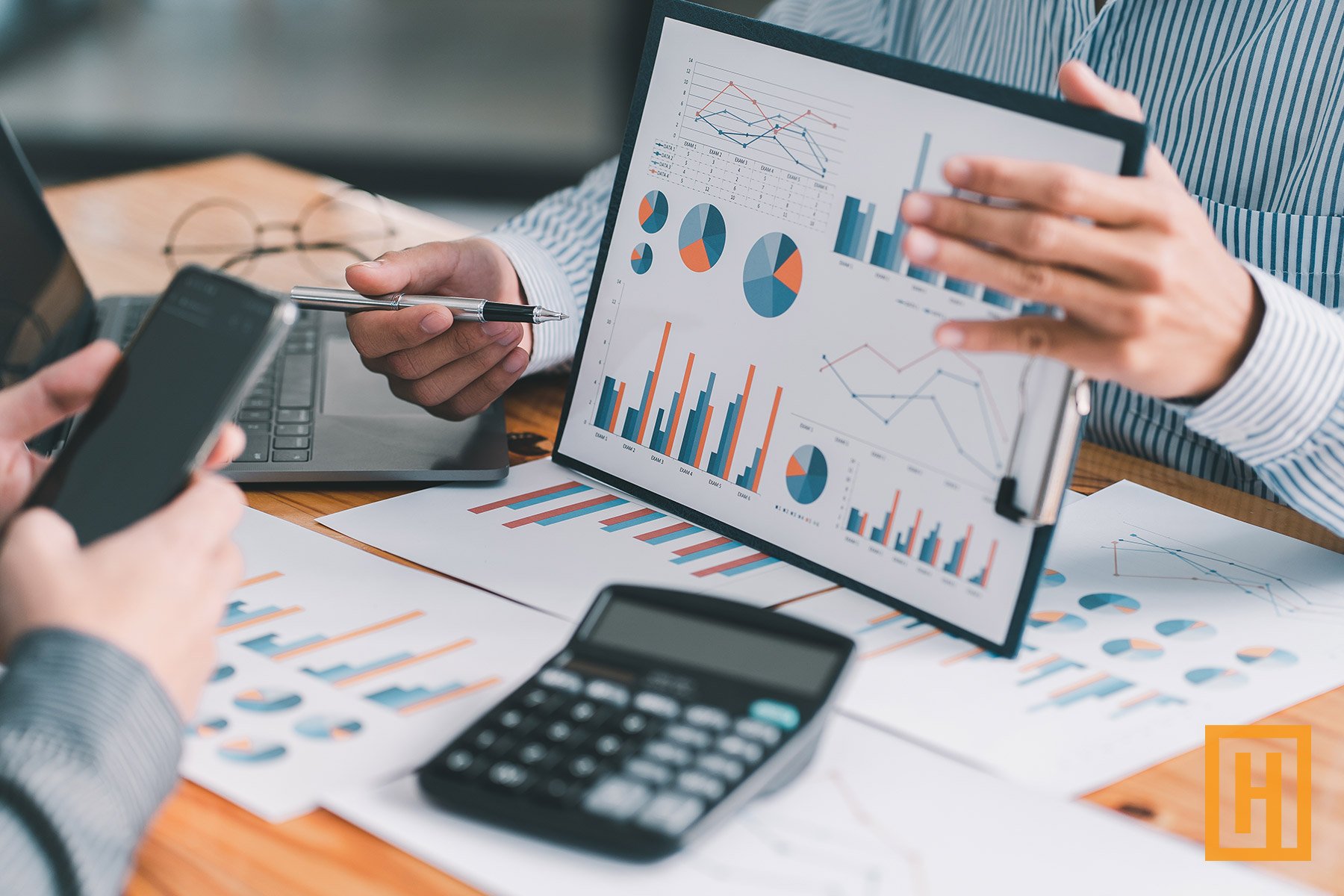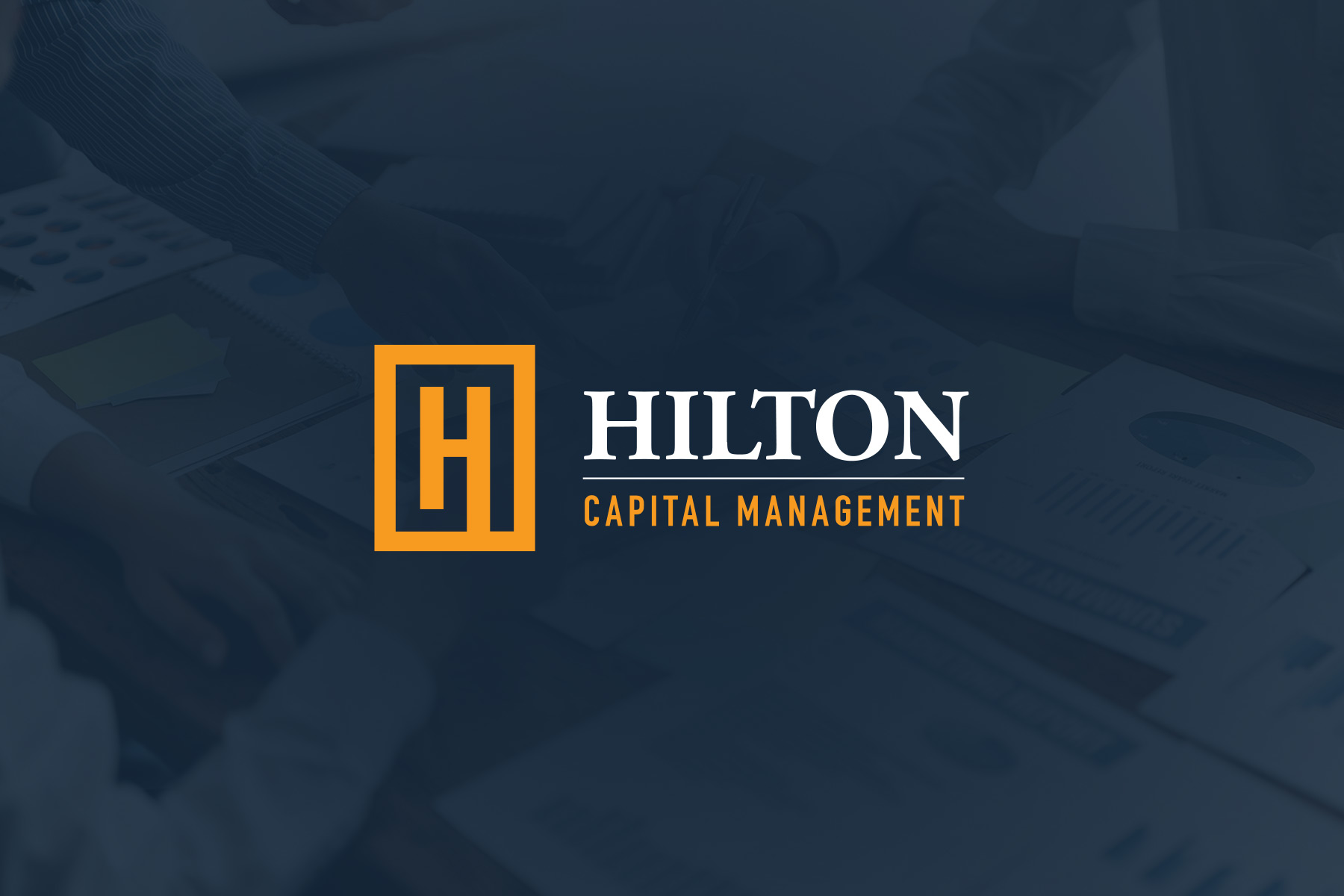DIVYS Q3 25 Recap: Quality Yield in a Narrow Market - DIVYS Outperforms Amid Concentrated Leadership
The third quarter of 2025 tested investors’ discipline amid narrowing leadership and rising valuation dispersion. With the AI hyperscalers continuing to dominate index-level returns, many income-oriented portfolios struggled to keep pace. Yet the Hilton Dividend & Yield Strategy (“DIVYS”) again demo...








